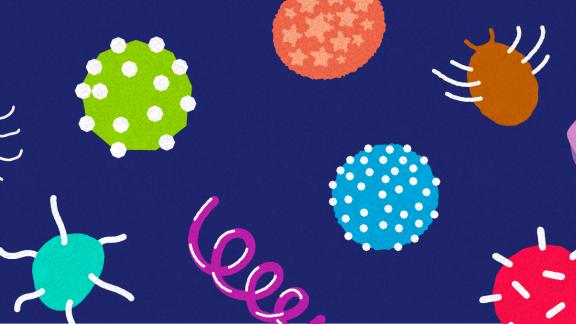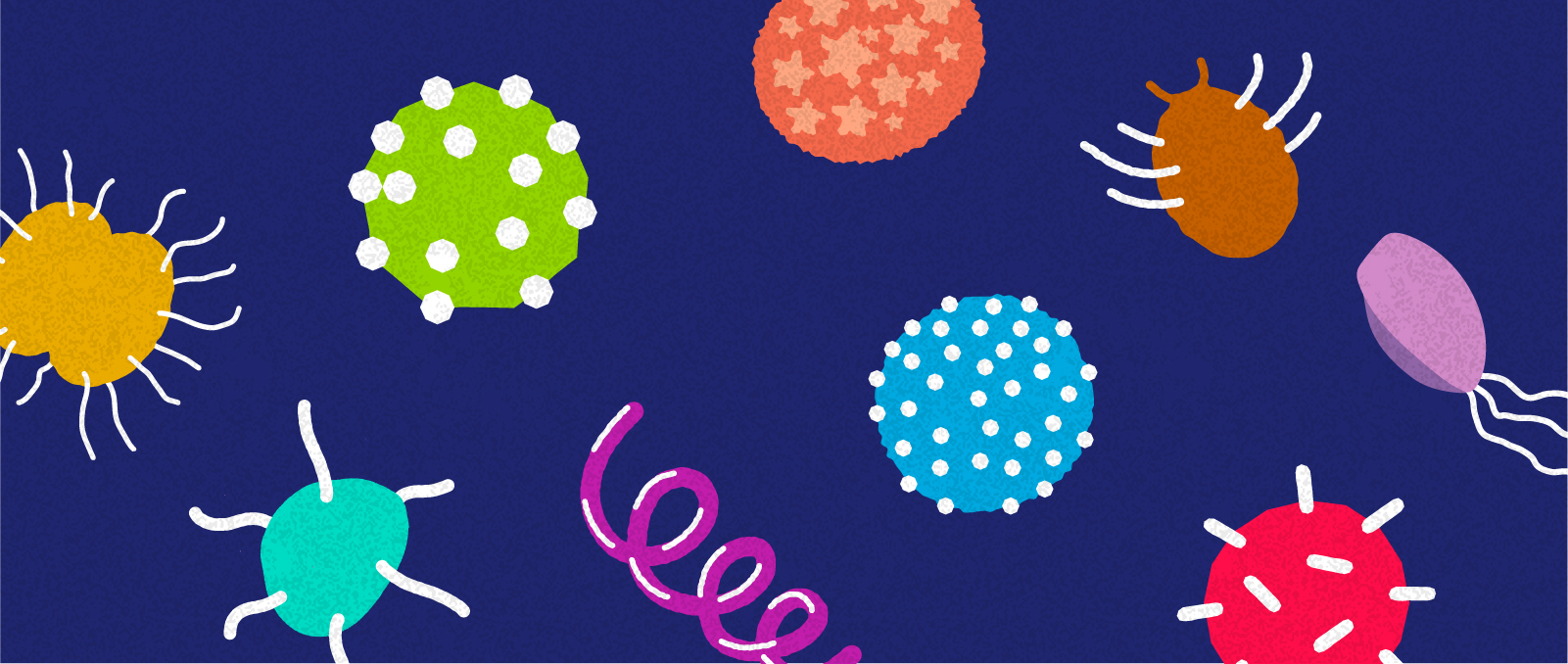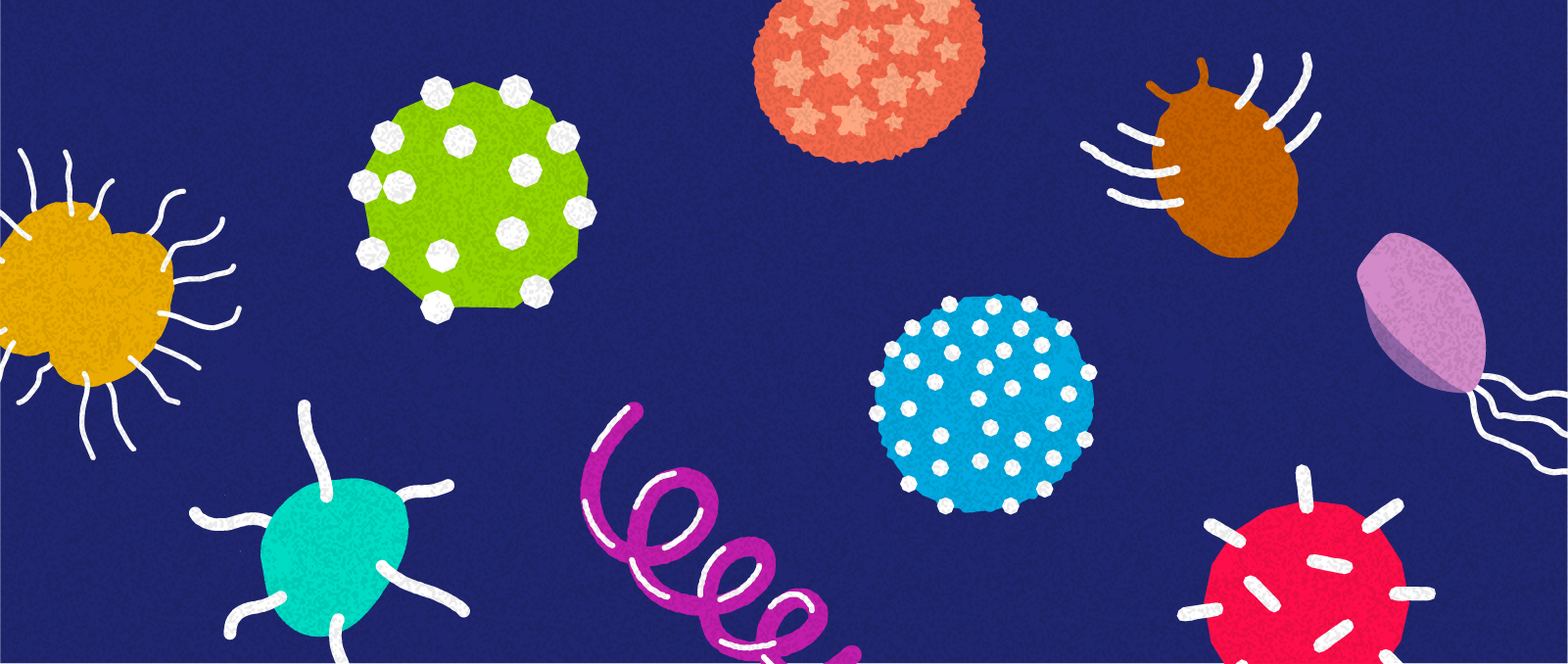Pubic lice are very small, crab-like parasitic insects – which is why they are sometimes called ‘crabs’. Pubic lice are not necessarily sexually transmitted but live on pubic hair and are passed on through close body contact, including vaginal, anal, or oral sex.
Having pubic lice is in no way a sign of poor hygiene. As well as close body contact, they might also be passed on by sharing towels and bed linen (though this is much less common as lice can only survive for around 24-48 hours if not in contact with the human body).
Pubic lice cannot jump like fleas or fly, and they cannot transmit HIV or other STIs. They are different to head lice and do not live in the hair on your head. They prefer coarser and more widely spaced hair.
Symptoms
Pubic lice can take a few weeks to appear so you may not notice them immediately or have any symptoms. When they do appear, they are tiny (approximately 2mm) and difficult to see. If you can see them, they are six-legged, with two larger legs like claws.
They are often yellow-grey or red in colour and they attach their eggs to the base of the hair. The eggs are pale brown in colour and the empty egg sacs are white.
Other signs and symptoms include:
- Itching in the affected areas
- Black powder in your underwear (this is the droppings from the lice)
- Brown eggs on pubic or other body hair
- Irritation and inflammation in the affected area (sometimes caused by scratching)
- Sky-blue spots or very tiny specks of blood on the skin (caused by lice bites)
- As well as pubic hair, they may also be found on underarm, leg, back or facial hair
- Although less common, eyelashes and eyebrows can also be affected
Testing
If you suspect you or a sexual partner may have pubic lice, see your healthcare provider for a medical examination. There is no test for pubic lice, but it is easy for a healthcare provider to diagnose by examining the areas with a magnifying glass. They will be looking for the lice and their eggs.
Treatment
Pubic lice will not go away without treatment and are likely to be passed to someone else. Treatment can be done at home using special types of insecticide lotions, creams or shampoo, which you may be able to get on prescription or over the counter at a pharmacy. Shaving your pubic hair will not get rid of pubic lice.
If left untreated, the lice may spread to other parts of the body. The side effects can also cause other skin irritations and infections.
You should return to your healthcare provider if the treatment doesn’t work – sometimes pubic lice can develop a resistance to the treatment.
Ensure that anyone you have had close body contact with is treated too – as well as anyone you live with and wait until you have all finished treatment before resuming close contact. Avoid having vaginal, anal or oral sex until you and your partner have finished treatment and any follow-up treatment.
You should also wash your sheets and towels at 50° Celsius (122° Fahrenheit) or higher to kill off the lice and their eggs.
Prevention
Unfortunately, condoms will not protect you from pubic lice. The best way to prevent pubic lice infestation is to avoid sexual contact or sharing bedding or clothing with anyone who has an infestation.
Learn more about different types of STIs and their symptoms, treatment, and prevention
when
Subject
HIV and STIs










